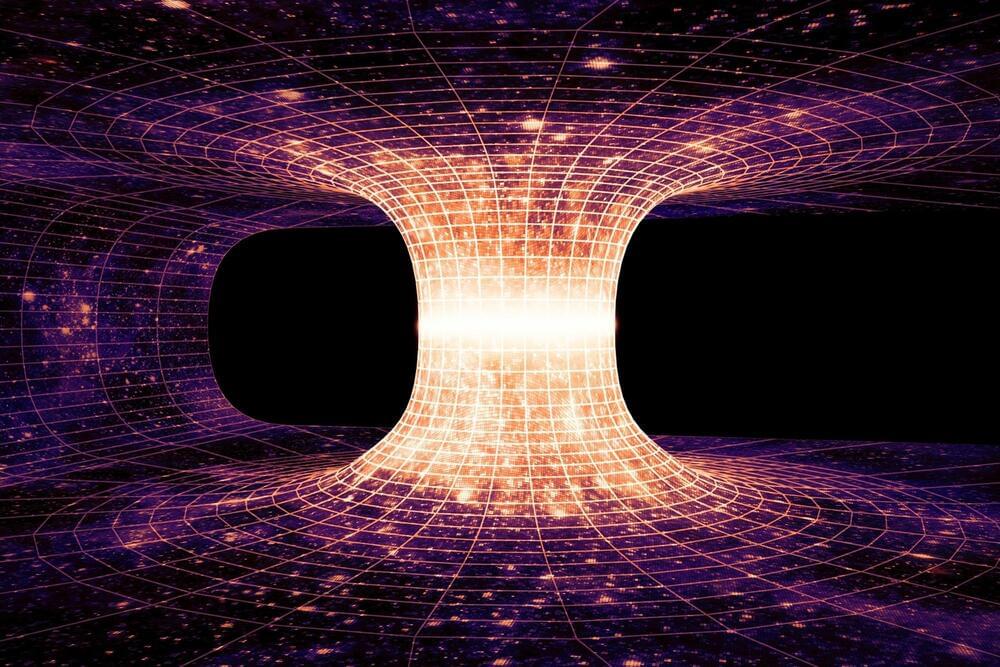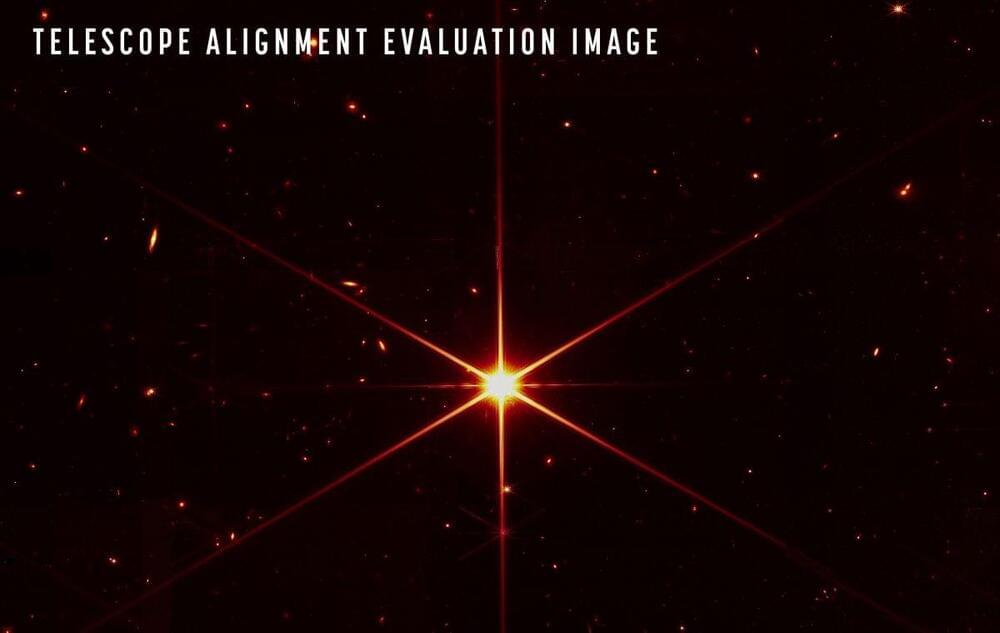Tesla released production numbers for the first quarter after a record-setting close to 2021.
If you need any proof that it doesn’t take the most advanced chip manufacturing processes to create an exascale-class supercomputer, you need look no further than the Sunway “OceanLight” system housed at the National Supercomputing Center in Wuxi, China.
Some of the architectural details of the OceanLight supercomputer came to our attention as part of a paper published by Alibaba Group, Tsinghua University, DAMO Academy, Zhejiang Lab, and Beijing Academy of Artificial Intelligence, which is running a pretrained machine learning model called BaGuaLu, across more than 37 million cores and 14.5 trillion parameters (presumably with FP32 single precision), and has the capability to scale to 174 trillion parameters (and approaching what is called “brain-scale” where the number of parameters starts approaching the number of synapses in the human brain). But, as it turns out, some of these architectural details were hinted at in the three of the six nominations for the Gordon Bell Prize last fall, which we covered here. To our chagrin and embarrassment, we did not dive into the details of the architecture at the time (we had not seen that they had been revealed), and the BaGuaLu paper gives us a chance to circle back.
Before this slew of papers were announced with details on the new Sunway many-core processor, we did take a stab at figuring out how the National Research Center of Parallel Computer Engineering and Technology (known as NRCPC) might build an exascale system, scaling up from the SW26010 processor used in the Sunway “TaihuLight” machine that took the world by storm back in June 2016. The 260-core SW26010 processor was etched by Chinese foundry Semiconductor Manufacturing International Corporation using 28 nanometer processes – not exactly cutting edge. And the SW26010-Pro processor, etched using 14 nanometer processes, is not on an advanced node, but China is perfectly happy to burn a lot of coal to power and cool the OceanLight kicker system based on it. (Also known as the Sunway exascale system or the New Generation Sunway supercomputer.)
Architecture may make it possible to train one machine-learning model that performs all sorts of tasks.
Tl;dr: It’s obvious at this point that humanity isn’t going to solve the alignment problem, or even try very hard, or even go out with much of a fight. Since survival is unattainable, we should shift the focus of our efforts to helping humanity die with with slightly more dignity.
Well, let’s be frank here. MIRI didn’t solve AGI alignment and at least knows that it didn’t. Paul Christiano’s incredibly complicated schemes have no chance of working in real life before DeepMind destroys the world. Chris Olah’s transparency work, at current rates of progress, will at best let somebody at DeepMind give a highly speculative warning about how the current set of enormous inscrutable tensors, inside a system that was recompiled three weeks ago and has now been training by gradient descent for 20 days, might possibly be planning to start trying to deceive its operators.
Management will then ask what they’re supposed to do about that.
Quantum information theory: Quantum complexity grows linearly for an exponentially long time.
Physicists know about the huge chasm between quantum physics and the theory of gravity. However, in recent decades, theoretical physics has provided some plausible conjecture to bridge this gap and to describe the behavior of complex quantum many-body systems, for example black holes and wormholes in the universe. Now, a theory group at Freie Universität Berlin and HZB, together with Harvard University, USA, has proven a mathematical conjecture about the behavior of complexity in such systems, increasing the viability of this bridge. The work is published in Nature Physics.
“We have found a surprisingly simple solution to an important problem in physics,” says Prof. Jens Eisert, a theoretical physicist at Freie Universität Berlin and HZB. “Our results provide a solid basis for understanding the physical properties of chaotic quantum systems, from black holes to complex many-body systems,” Eisert adds.
There’s still a long way to go, but it’s an important milestone.
Ten years ago, solar and wind didn’t even make up 1% of our global energy mix. Now, in just a decade, they’ve reached 10%. It may not seem like much, but becoming such a significant part of the global energy mix in such a short time is remarkable — though there’s still a long way to go.
The past couple of years have been horrendous in more ways than one, but that doesn’t mean all is bad in the world. In fact, renewable energy continued its impressive growth, according to research from Ember, a climate and energy think tank.
As the world recoiled after the first year of the COVID-19 pandemic, economies were eager to reopen, and demand for energy surged. Some of what growth was covered by coal, which experienced its fastest growth since 1985, but renewables also rose to the challenge.
AI & futurism
Posted in robotics/AI
There’s only one step left to tackle.
The commissioning stages of the James Webb Space Telescope just ticked off yet another phase.
Engineers have successfully aligned all but one of the instruments on the $10 billion space telescope for the first time, NASA reported on Friday (April 1) as Webb continues to cool to deep-space temperatures after launching Dec. 25, 2021.
a cardiac arrhythmia disorder associated with sudden death in young adults.
The findings expand possibilities for predictive risk scoring and provide new targets for therapeutic study, according to Alfred George, Jr., MD, chair and the Alfred Newton Richards Professor of Pharmacology and a co-author of the study.
“Prior to this work, there were only two genomic regions associated with Brugada syndrome risk that were identified by genome-wide studies. Data from the new study greatly expands this to 12 regions with a total of 21 genetic signals to better explain risk for Brugada syndrome,” George said. “The results also provide the basis for a polygenic risk score that can be used to assess risk in individuals.”
A recent study published in Nature Genetics identified 10 new genetic regions associated with Brugada syndrome, a cardiac arrhythmia disorder associated with sudden death in young adults.
The findings expand possibilities for predictive risk scoring and provide new targets for therapeutic study, according to Alfred George, Jr., MD, chair and the Alfred Newton Richards Professor of Pharmacology and a co-author of the study.
“Prior to this work, there were only two genomic regions associated with Brugada syndrome risk that were identified by genome-wide studies. Data from the new study greatly expands this to 12 regions with a total of 21 genetic signals to better explain risk for Brugada syndrome,” George said. “The results also provide the basis for a polygenic risk score that can be used to assess risk in individuals.”









